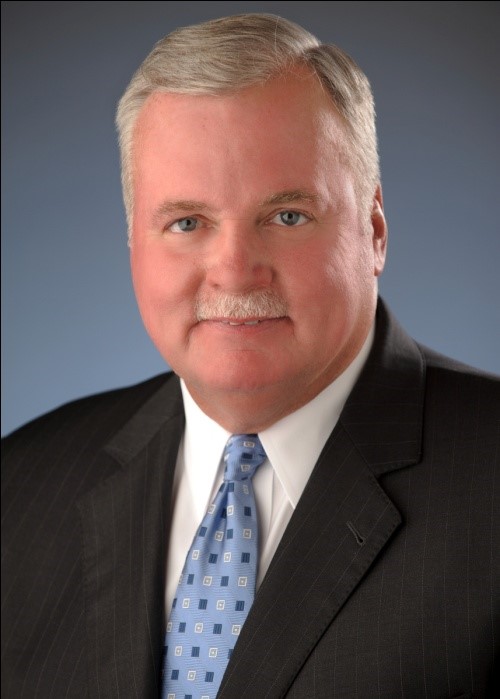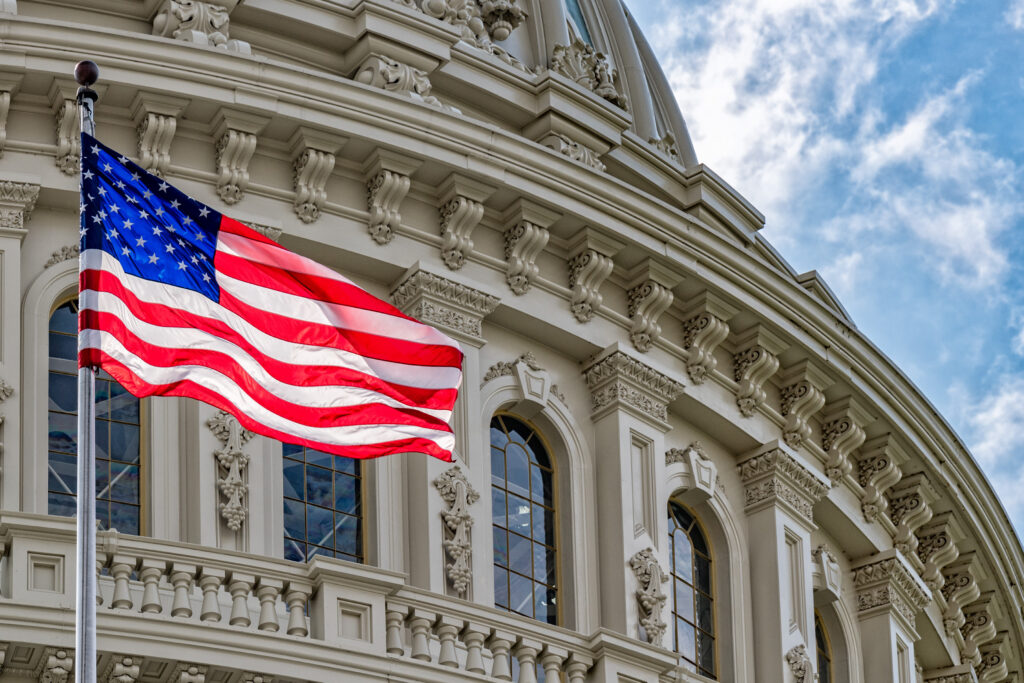 David Bunton is President and CEO of The Appraisal Foundation, the US organisation responsible for setting congressionally authorised standards and qualifications for real estate appraisers. Prior to joining TAF in 1990, he held roles in federal government and the US Senate and was congressional Chief of Staff in the House of Representatives. We asked David to share his thoughts on the US appraisal industry, the role of TAF and the future of the appraisal profession.
David Bunton is President and CEO of The Appraisal Foundation, the US organisation responsible for setting congressionally authorised standards and qualifications for real estate appraisers. Prior to joining TAF in 1990, he held roles in federal government and the US Senate and was congressional Chief of Staff in the House of Representatives. We asked David to share his thoughts on the US appraisal industry, the role of TAF and the future of the appraisal profession.
1. Can you tell us about the role and mission of The Appraisal Foundation?
The Appraisal Foundation (Foundation) is dedicated to promoting professionalism and ensuring public trust in the valuation profession in the United States. This is accomplished through the promotion of standards, appraiser qualifications, and voluntary guidance on recognised valuation methods and techniques. The Foundation realises its mission through the work of two independent Boards, the Appraiser Qualifications Board (AQB) and the Appraisal Standards Board (ASB).
2. How does TAF work with Congress in the US?
In 1989 the United States Congress enacted Title XI of the Financial Institutions Reform Recovery and Enforcement Act (FIRREA), which established the current real property appraisal regulatory program in the US. As a result of the legislation, all real property appraisers must meet the qualification criteria (education, experience and examination thresholds) established by the Foundation’s AQB and all appraisals for federally related transactions must conform to the Uniform Standards of Professional Appraisal Practice (USPAP) promulgated by the Foundation’s ASB. While we have no regulatory authority, we provide the tools that are used by the state appraiser regulators. We have testified before Congress many times and have served as a resource to many U.S. government agencies.
 3. Who are your members and what areas of appraisal do they work in?
3. Who are your members and what areas of appraisal do they work in?
The Appraisal Foundation is not a traditional membership association, but rather an organisation that is made up of other organisations. At present, close to 100 organisations comprised of non-profit associations, for-profit companies, and US federal government agencies, are involved in the Foundation through Sponsorships or Advisory Councils.
As the standard setter for the United States valuation profession, the Foundation is unique in that it is a private sector entity that was given specific authority by the US Congress. This authority is a very unusual delegation of governmental authority. The Appraisal Foundation was established by 8 leading US valuation professional organizations thirty years ago and was modelled after the US Financial Accounting Foundation (FAF) and the Financial Accounting Standards Board (FASB).
4. TAF produces the USPAP, what is this and how is it applied in the US?
 The Uniform Standards of Professional Appraisal Practice (USPAP) are the generally accepted standards of the appraisal profession in the United States. USPAP sets performance and ethical standards for all asset classes including real property, business valuation, mass appraisal and personal property. While our Congressional authority is for real property appraisal, the U.S. court system has cited USPAP in many cases covering all valuation disciplines.
The Uniform Standards of Professional Appraisal Practice (USPAP) are the generally accepted standards of the appraisal profession in the United States. USPAP sets performance and ethical standards for all asset classes including real property, business valuation, mass appraisal and personal property. While our Congressional authority is for real property appraisal, the U.S. court system has cited USPAP in many cases covering all valuation disciplines.
USPAP is published every two years to reflect the needs of the marketplace. Any changes to USPAP are vetted through a public exposure and comment process.
5. The valuation profession is becoming much more international as businesses increasingly operate around the world. What is TAF doing to support the internationalisation of the valuation profession?
The Appraisal Foundation has been active in the international arena for many years and often welcomes delegations from other countries to share information on valuation issues, current valuation trends, and common appraisal practices. During these meetings, the Foundation provides advice to help other countries and jurisdictions establish their own self-regulatory systems.
The Appraisal Foundation has been a long-time supporter of the IVSC as an institutional member and sponsor and regularly participates with the Advisory Forum and Advisory Forum Working Group.
In addition to the IVSC, the Foundation is a member of the International Ethics Standards Coalition (IESC) and the International Property Measurement Standards Coalition (IPMSC).
6. How does USPAP relate to IVS and what are the main differences? How is TAF involved in equipping US appraisers with the information they need to apply IVS?
In addition to other activities with the IVSC, both organizations have collaborated on A Bridge from USPAP to IVS 2018 (Bridge). The Bridge document was developed to assist appraisers familiar with USPAP in producing a valuation that is also compliant with IVS. The Bridge describes additional steps necessary to ensure compliance with both standards.
While we note that this joint effort unveiled more commonalities than differences in the two sets of standards, there are a few areas where there are noted differences. For instance, IVS has more extensive requirements for the initiation of the assignment by communicating with the client via a Scope of Work. In addition, appraisers developing a report to satisfy both USPAP and IVS, must use the IVS terminology relative to Assumptions and Special Assumptions because while USPAP does not require use of the terms, IVS does. Regardless, the Foundation encourages appraisers to study the Bridge document carefully and note these differences.
 7. How do you see the need for and relevance of IVS to the US marketplace?
7. How do you see the need for and relevance of IVS to the US marketplace?
In the United States, USPAP serves as the generally accepted standards of the appraisal profession and for the last thirty years has been embedded in our statutes and court-tested in our legal system. That said, the Foundation is currently working with the IVSC on further harmonization efforts for additional recognition of IVS.
8. What does the valuation profession need to focus on in order to evolve and reflect the changing needs of users?
In the United States, appraisers, especially those in the residential real property will need to continue to embrace and stay ahead of technology. With the increased use of Automated Valuation Models (AVMs), appraisers practicing in this area are poised to identify and evaluate trends that may impact their clients. Appraisers know far more than they are currently being asked through the report form approach. In the future we envision a more interactive, TurboTax like approach which will allow appraisers to share more of their knowledge. Increasingly, appraisers will need to view and market themselves as professionals who can help analyse these trends to the benefit of their clients.
9. What are the major opportunities for the valuation profession over the next 5 years? What would you like to see change/evolve?
The Appraisal Foundation is a multi-disciplinary organization, meaning that USPAP covers Real Property, Personal Property, Business Valuation and Mass Appraisal. The opportunities in each of these areas differs, however, the importance of a properly qualified appraiser adhering professional standards is paramount to all disciplines. The Appraisal Foundation is actively promoting this message to users of appraisal for all asset classes.